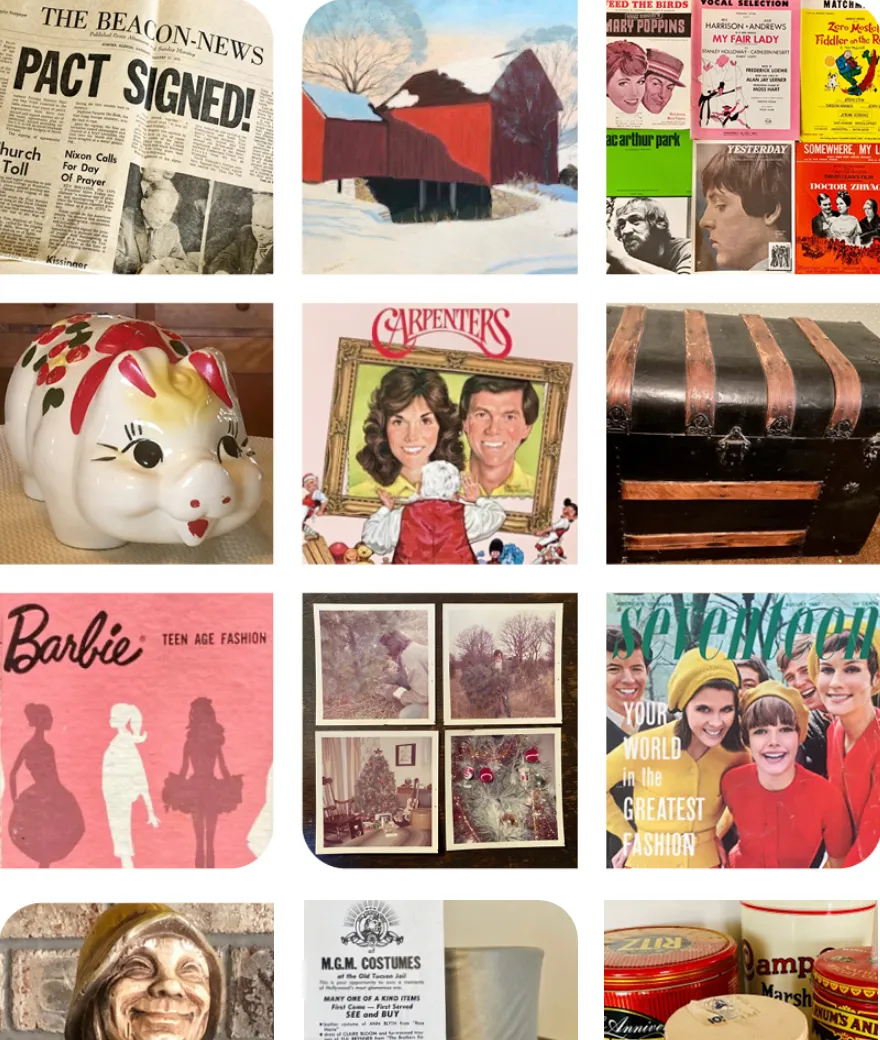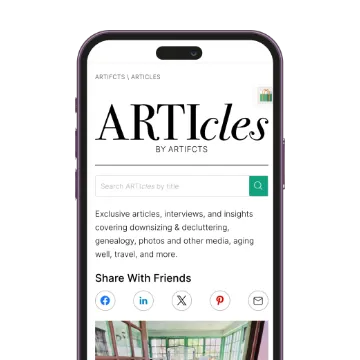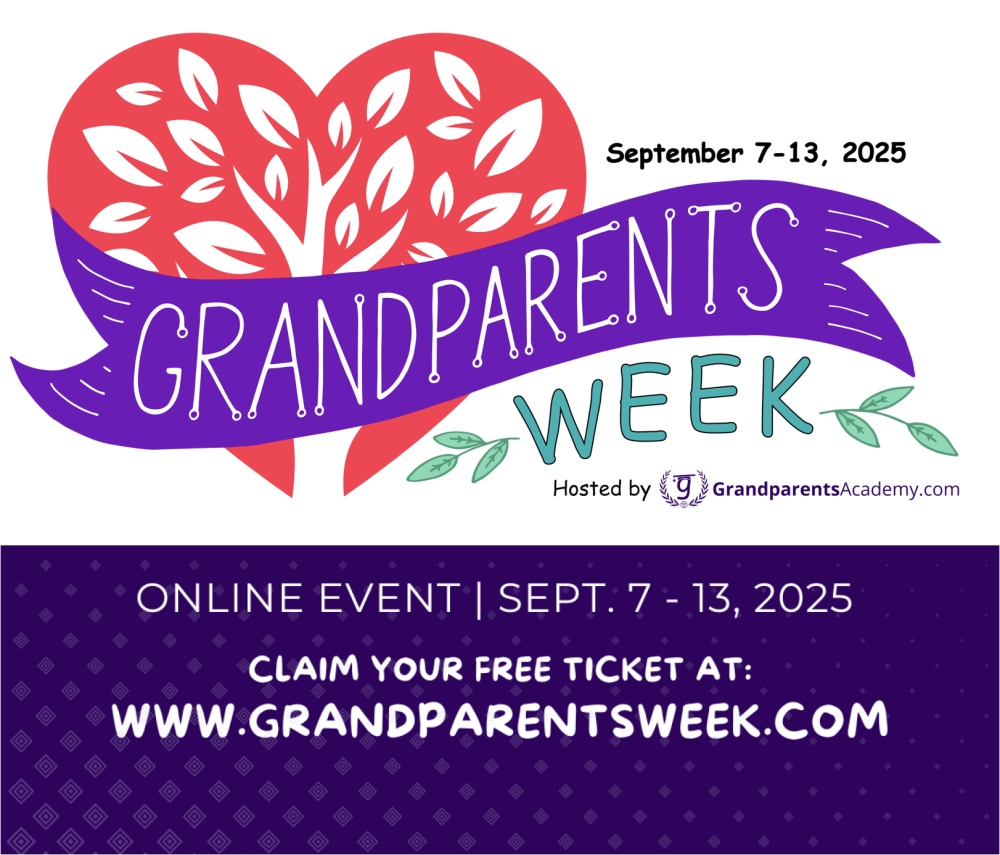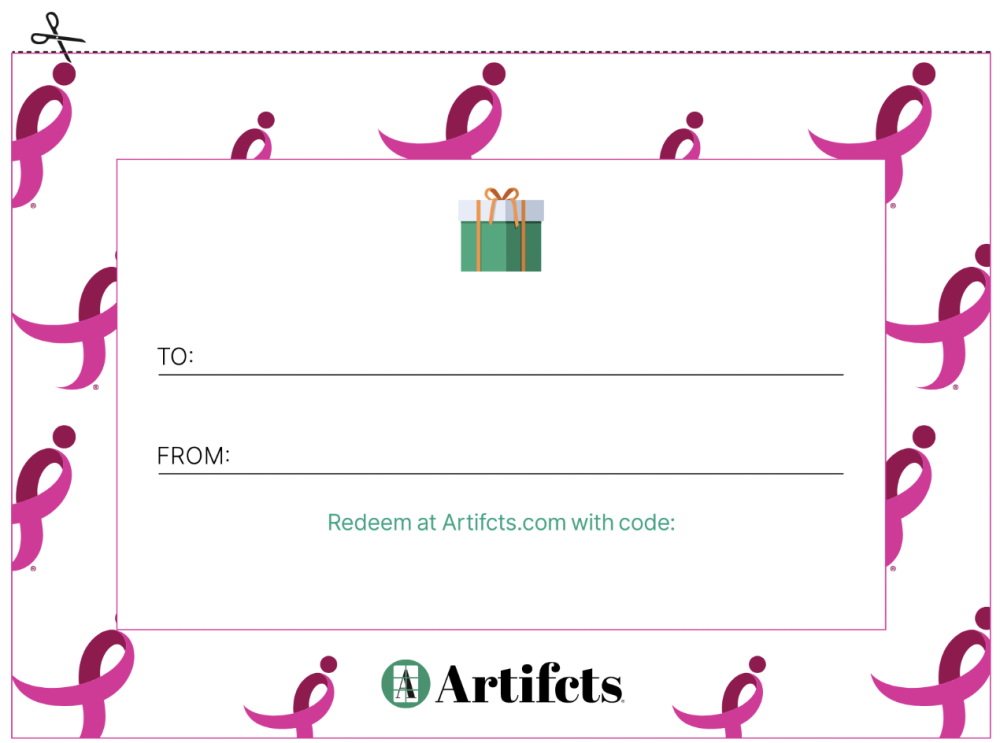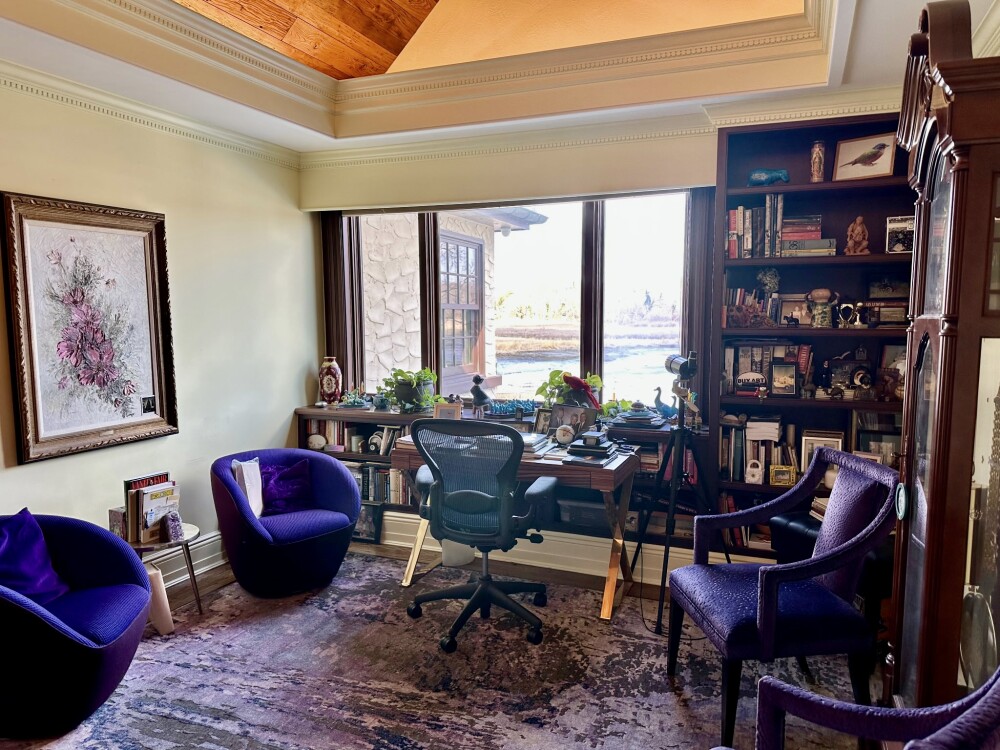For many of us, summertime means time with extended family, maybe even “sleepaways” with Grandma and Grandpa. We should all be so lucky!
In the spirit of quality time together at any time of the year, we sat down this summer to interview a granddaughter-grandmother duo who have spent occasional Saturdays throughout the past couple of years Artifcting together. We wanted to learn why they took up Artifcting and any tips they have for other intergenerational pairs who plan to connect with each other through Artifcts.
In case you’re short on time, here was what they each wanted to be sure you knew:
Granddaughter: I never spent time one on one with my grandma. We see each other a lot, she only lives 45 minutes away, but all of our gatherings involve my siblings and/or at least one of my parents, too. Plus, I was going away to college soon and knew I wouldn’t see her much for a while.
Artifcts is easy to use, easy to share, which was critical. I knew my dad would love the Artifcts, too. He’s a big storyteller. The biggest surprise about Artifcting was that it totally changed how I think of my grandma, and I feel closer to her than ever.
It was never a chore. I wanted to be with her.
Grandma: No one can sit still these days, never mind exist without their cell phone.
My granddaughter is funny and an artist, too. I’m always interested in what she’s doing. I didn’t think she was interested in my stories from the old days. But once I told her a story or two from living abroad in my 20s, she kept coming back to ask for more stories.
It wasn’t my plan, but I started to give away items I had collected, too. Not just to her. I had her bring items to others because once I told the story, I knew who would enjoy it and would give it a good home. And you know what? Not once did they say to her that they didn’t want it. They loved the stories!
You may also be interested in our ARTIcles by Artifcts about Swedish death cleaning.
Tips for Artifcting with Your Grandparents
Above all else, don’t let the age difference get in the way. Fun fact: A 2006 study by researchers from Duke University and the University of Aarhus found that older respondents feel 20% younger than their actual age. So your grandparents may very well respond to you as though they are much younger than they are!
But as far as true age goes, be mindful of how your respective ages might require a breath or two to (a) break down any awkwardness, (b) explain the purpose and process of Artifcts, and (c) find the right pace for your Artifcting together. Here are tips other grandchildren offered from their Artifcting experiences:
1. Be ready. Create a few Artifcts for yourself before arriving.
Use whatever device you plan to use when Artifcting with your grandma/grandpa to avoid any stress or delays in the process. (Artifcts note: We have a series of tips videos, too, if needed.) And if they want to Artifct on their own, share one of your unlimited Artifcts accounts with them and help them set it up.
Bring an Artifct That! Kit with you so you are not asking them for these supplies to support your Artifcting, and review our tips for taking photos of objects.
Also, if you know they plan to move or downsize, help them out by adding dimensions to their Artifcts, using helpful tags (e.g., #attic, #livingroom, #hallcloset), and filling in that ‘In the Future’ field too – does Grandpa want to sell this item, donate it, bequeath it?
2. Explain yourself! Share what Artifcts is, why you want to Artifct together, and how it will help them to share the memories and value behind all these objects with other family, friends, and potentially advisors (estate attorneys, insurance agents, wealth managers).
3. Again, they may be older, but they were young once, too. One granddaughter said she felt like her grandma was a 20-year-old person in an 81-year-old body. Once they started to talk, the decades between them melted away. Talk with respect, listen with still greater respect, and remember they were your age once, too!
4. Breaks are good for everyone. If you are creating Artifct after Artifct for grandma/grandpa, you’ll want a break. Eventually they will, too. It's hard to be “on” for so long and you’ll need to stretch your legs. Go for a walk, grab a coffee, or call it a day and come back again sometime soon.
5. Hold those assumptions. Just because that portrait or vase has always been featured in a seemingly special location in their home doesn’t mean it’s what they value most. Start by asking about an object you are interested in. Then ask them to pick an item and see where it leads you both.
6. Make sure they know you truly do want their stories. This is not homework. No one sent you. You are curious. Now, in reality, there may be details they aren’t comfortable sharing with you, and that’s okay. Avoid rushing them, embrace pauses, and let them take the lead.
7. Ask first. Before you grab an object or take a picture, especially if they are in the picture, ask their permission so it’s clear this collaboration is on their own terms. Maybe they are more comfortable recording using their voice only instead of on video. Or maybe Grandma got all dolled up and is ready for her spotlight. Be respectful of their space and their person and ask first.
8. Don’t argue. You may have heard the story told another way by your parents or another family member. Think of it as a difference of perspective. Record it faithfully. This may make for some fun conversation the next time the whole family is around the table as you parse through tall tales and family lore.
This is especially important if you are Artifcting with someone with any stage of cognitive decline. Let the conversation flow. Be an active, supportive listener, not a domineering guide.
You may also be interested in these ARTIcles by Artifcts about dementia.
Tips for Artifcting with Your Grandkids
You didn’t think this was a one-way street, did you? Your grandkids may in fact have short attention spans and very narrow or different interests than your own. But this is your home, your life, so enjoy the element of surprise as you share never-before-heard stories that will capture their attention and imagination.
1. Gather a few objects in advance. If you have picked a few items you want to share, it will remove any hesitation to dive in once they arrive.
2. Find a comfortable place. If you prefer to be in the living room, then guide them there from the get-go. Ideally your location has nice natural lighting so they can snap some nice pictures of the items and maybe even record you on video, too, if you’re game.
3. Is anything off limits? Let them know if there are people or times of life you do not want to talk about. Conversely, if you want to talk about your parents, your career, your passion for {hobby}, let them know, and have photos, objects and other things on hand to guide the Artifcts conversation in that direction.
4. Do you need any help with these objects? Perhaps you’ve decided to sell a collection, donate certain items, or pass keepsakes along to family members and friends. Make sure you note your intentions in each Artifcts’ ‘In the Future’ field. If your grandchild is of the appropriate age, maybe they can help get the ‘stuff’ where you want it to go next. If not, download your collection and choose the ‘Up Next Report’ to download and share with loved ones who can help you begin to downsize and/or declutter.
5. Enjoy. Let them do the Artifcting, like your own very own biographer. That said, if you’d like to surprise loved ones with Artifcts after your grandchild has left, make sure they show you in the ins and outs of Artifcts so you feel comfortable Artifcting and sharing Artifcts from your own account and your own device.
Happy Artifcting!
###
© 2025 Artifcts, Inc. All Rights Reserved.
